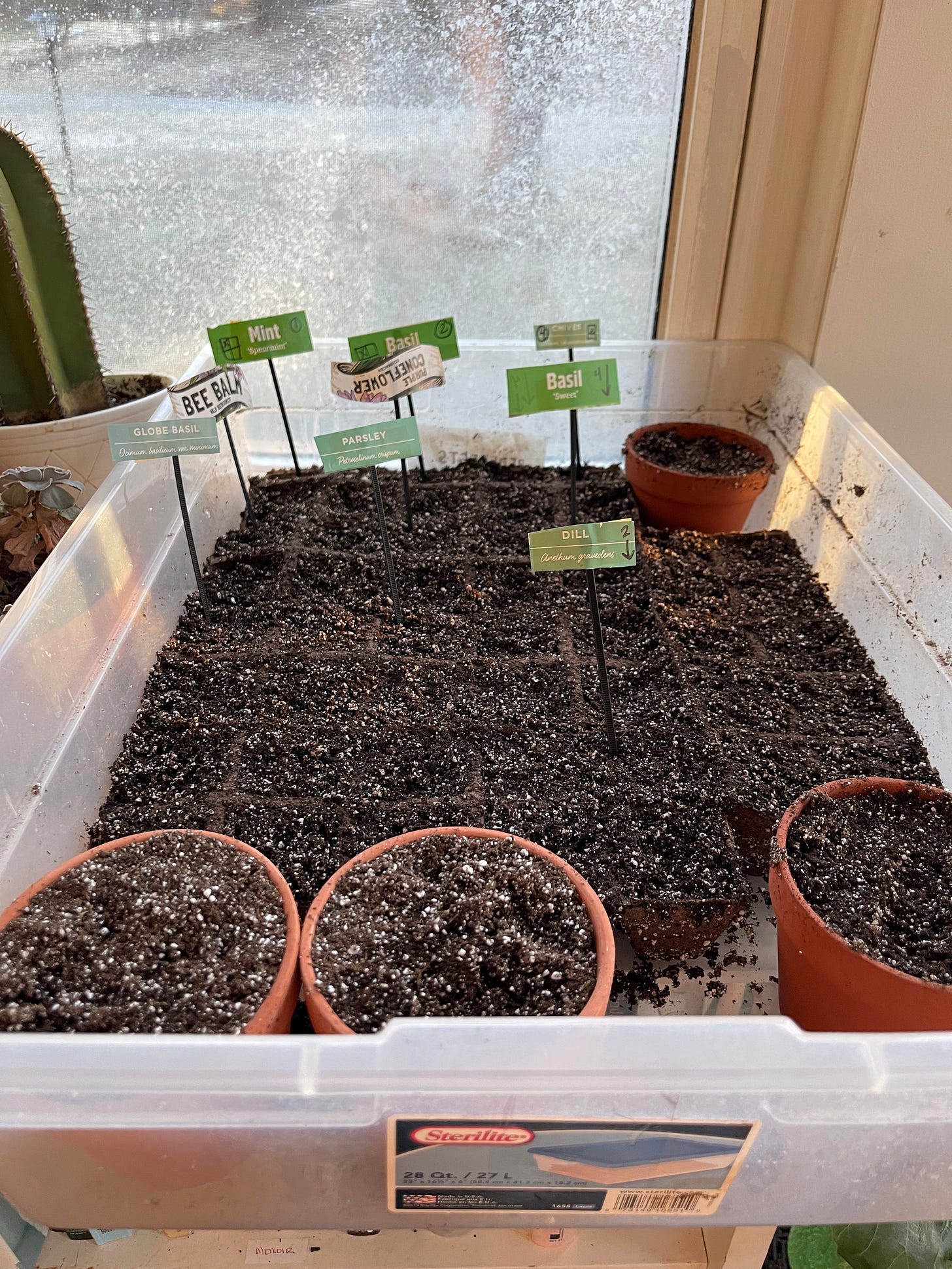What are you cultivating in your consciousness?
The power behind positive psychology and creating new neural pathways
Contemplations
What seeds do you want to tend to in your consciousness?
What do you want to transform?
***
It’s almost spring.
Yes, even though it just snowed the other week and there have been intensely strong wind storms, spring is coming. As I looked up at the solar eclipse this past week, I felt the sun on my skin — a warm welcome towards a new season.
Spring is a poetically beautiful time when flowers bloom, plants sprout and we are reminded of the richness of life, birth, growth.
There wasn’t much distinction in seasonal changes growing up for me— almost no change between winter and spring or spring into fall in Texas. It was either hot and humid (most days) or sort of cold. And even once I moved to the New York City, I didn’t pay much attention to spring, as I was counting down to the days of summer when I could go watch free movies in the park or sip on a glass of frosé on a rooftop. (Or as I obnoxiously called my annual playlists — SUMMMAH.)
It wasn’t until last year when I started to really appreciate spring. I have never had much of a green thumb and besides the occasional cactus, I almost was never a plant person. During the pandemic, my wife Jess became a plant mama. It was one of the many hobbies she picked up but this one stuck — and within a week, our Washington Heights apartment turned into a greenhouse with almost 100 plants suddenly cohabitating our space.
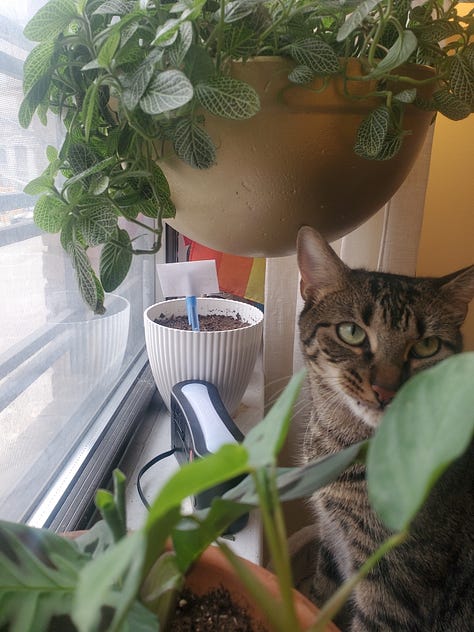
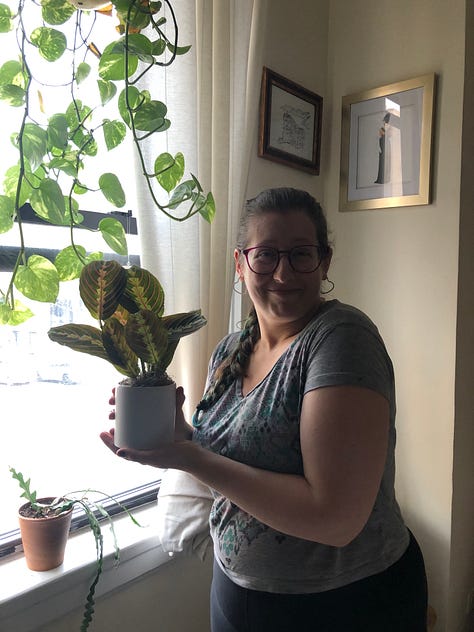
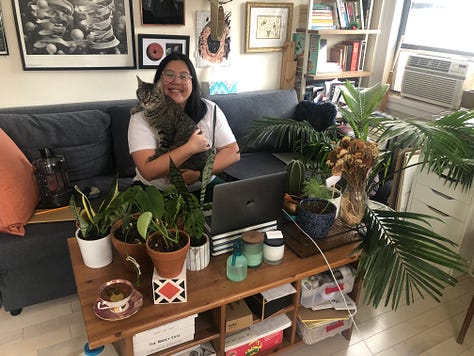
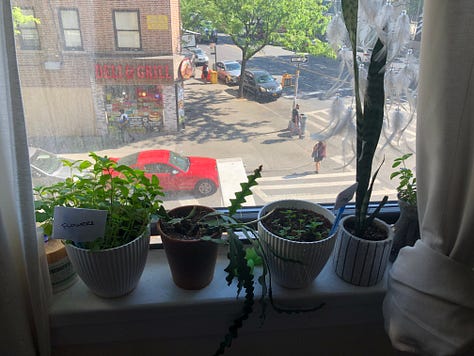
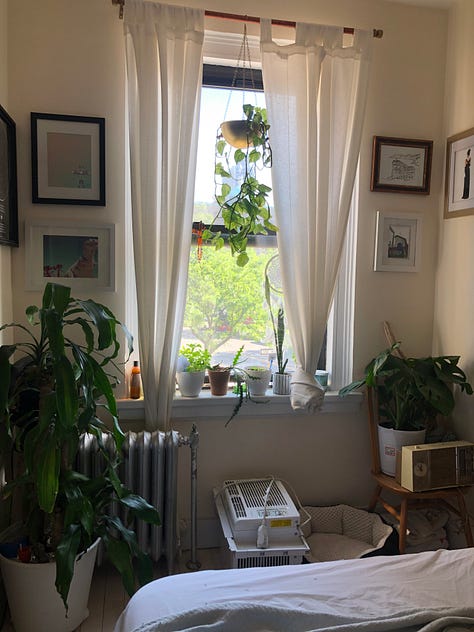
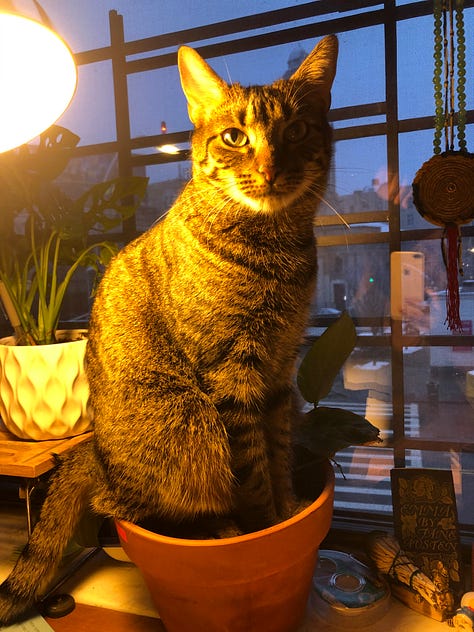
I grew a deep appreciation for all the greenery. They brought me much joy and got me a lot of compliments on zoom calls. Last year was the first spring since we moved full-time to the Western Catskills. I remember my dear friend Jeremy sending me some pictures of his seedlings, as he and his partner prepped his garden for the season. I was inspired by this and went to the agway (agriculture) store and bought a whole bunch of different seeds — mostly of veggies that I loved to eat but couldn’t always swing at the grocery store. Think butter lettuce, rainbow carrots, yukon gold potatoes, lion’s mane mushroom.
My wife came home to me presenting a tupperware bin full of small pots.
“I guess I’m building some garden beds,” she said. Our roles, now reversed.
We proceeded to build four garden beds from scratch, getting untreated wood from our local lumber lady Josie at the saw dust mill and put straight compost into the beds.
We were so lucky. We got such a huge bounty that sustained us through the summer and even a bit of the fall through some pickling.
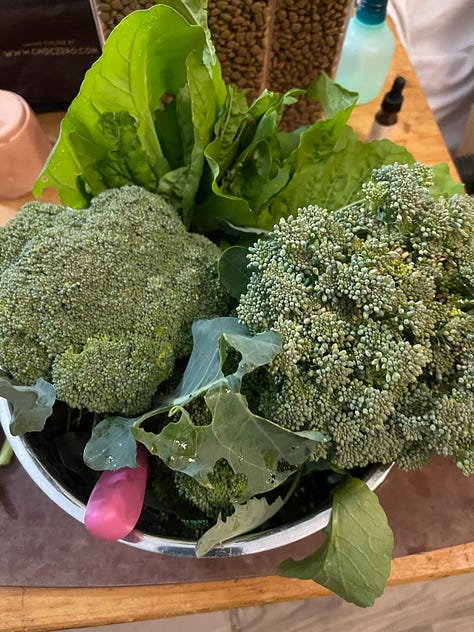

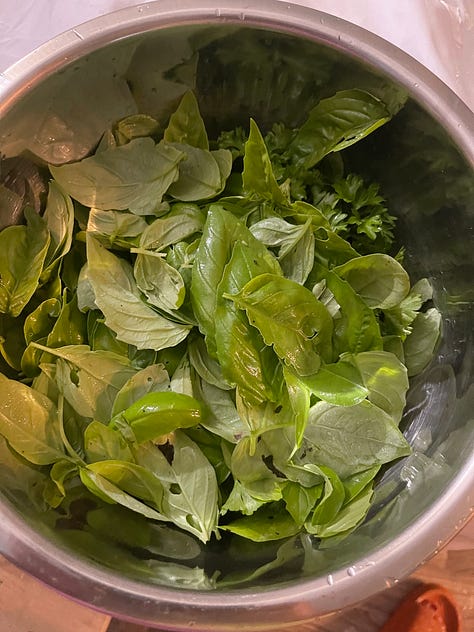
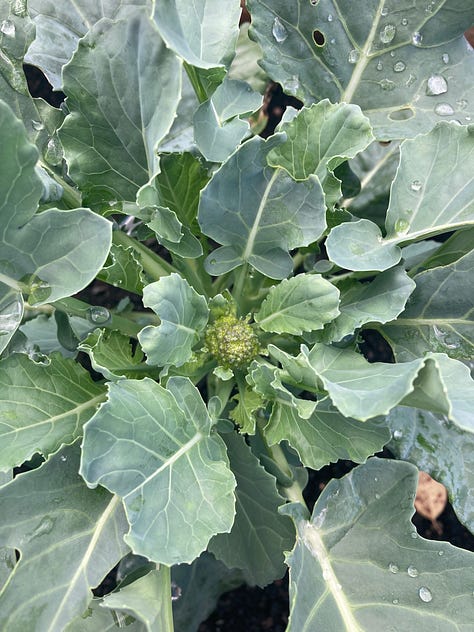
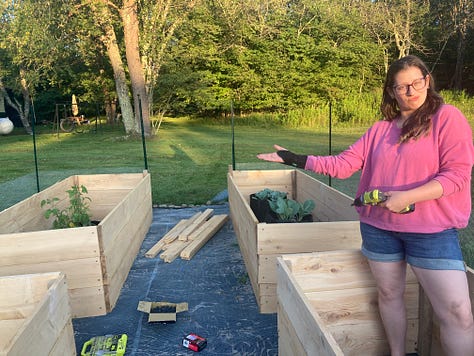
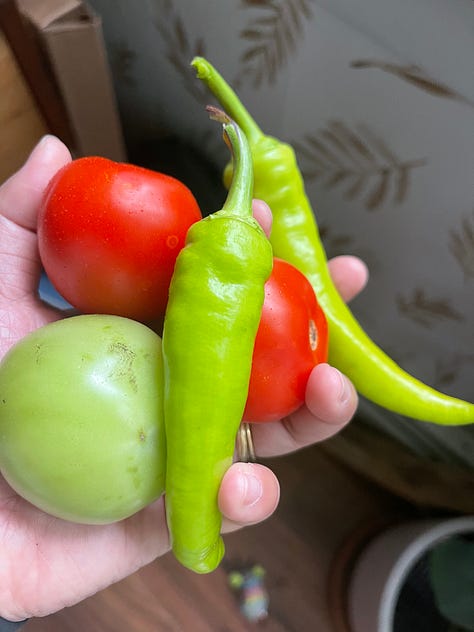
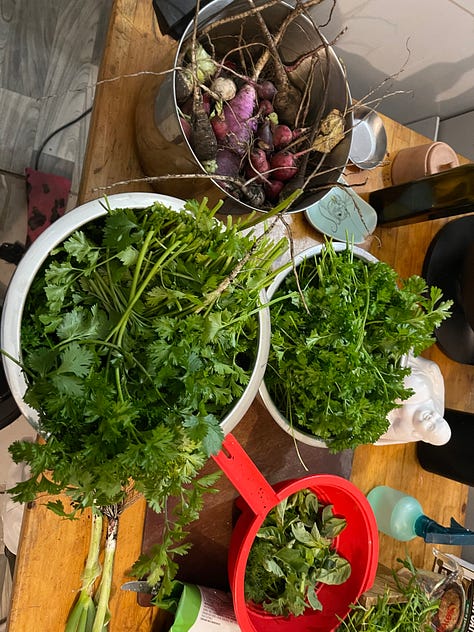
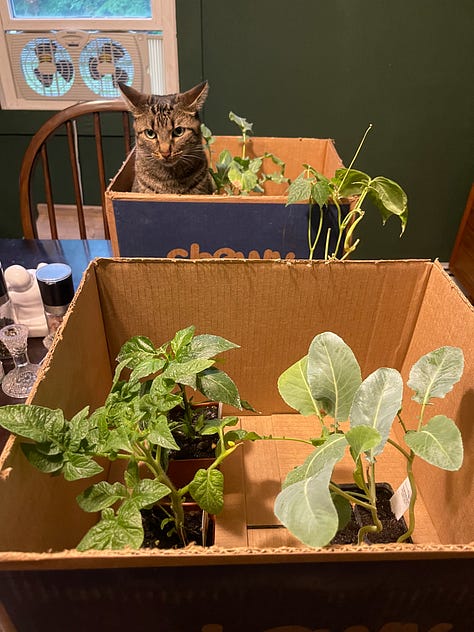
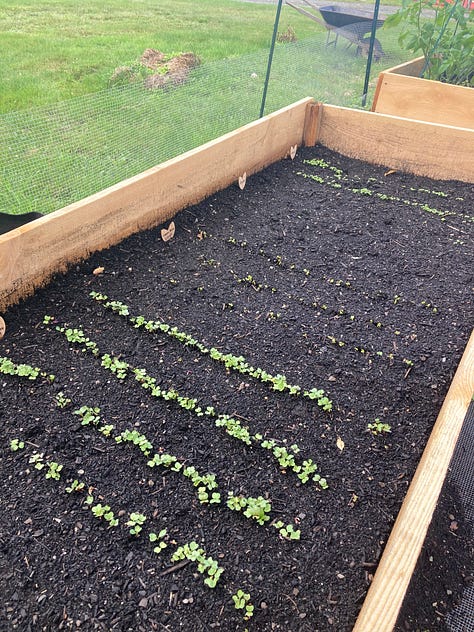
Not to Be All Buddhist About It But…
“When we understand how our mind works, our practice becomes easy.”
— Vietnamese Zen Master Thuong Chieu
I grew a deep appreciation for not just gardens and growth last spring but also for the act of planting seeds of faith.
I recently have been exploring the different layers of consciousness according to Buddhism. We have four:
Mind consciousness (what we normally think of when we think about consciousness, our thinking brain);
Sense consciousness (sight, hearing, taste, touch, and smell);
Store consciousness (i.e. our subconscious or background consciousness);
Ego (also known as manas).
I love this teaching from Thấy (Zen Master Thich Nhat Hanh) who made Buddhist psychology a core part of his teaching. He writes:
Store consciousness refers to the storing and also to what is stored—that is, all the information from the past, from our ancestors, and all the information received from the other consciousnesses. In Buddhist tradition, this information is stored as bija, seeds…
Store consciousness offers us enlightenment and transformation. This possibility is contained in its third meaning, its always-flowing nature. Store consciousness is like a garden where we can plant the seeds of flowers, fruits, and vegetables, and then flowers, fruits, and vegetables will grow. Mind consciousness is only a gardener. A gardener can help the land and take care of the land, but the gardener has to believe in the land, believe that it can offer us fruits, flowers, and vegetables…
Suppose you type something on your computer and this information is stored on the hard drive. That hard drive is like store consciousness. Although the information doesn’t appear on the screen, it is still there. You only need to click and it will manifest. The bija, the seeds in store consciousness, are like the data you store on your computer.
Unlike information on a hard drive, however, all the seeds are of an organic nature and they can be modified. The seed of hatred, for example, can be weakened and its energy can be transformed into the energy of compassion. The seed of love can be watered and strengthened. The nature of the information that’s being kept and processed by the store consciousness is always flowing and always changing. Love can be transformed into hate, and hate can be transformed back into love.
This to me is an incredibly powerful teaching because it basically shows us the possibility that we have the capacity to unlearn and transform deeply rooted patterns that were planted into our bodies centuries ago.
Science also co-signs this with recent research on neuroplasticity showing us how malleable the mind can be, and how we are able to carve new neural pathways in our brain through habit and experience. Couple this with positive psychology (not bypassing) and you will start seeing how where you put your attention, how you cultivate it, can create a much different perspective and experience of the world. (I wrote about this briefly in regards to the Four Nutriments before.)
As we go into planting our seedlings this year, I have faith that not only they will grow but that I will put in the care and attention needed for them to emerge through the soil. Much like my mind, it is a practice that I will continue tending to, looking at so I can continue to transform the weeds in consciousness to blooming flowers.




